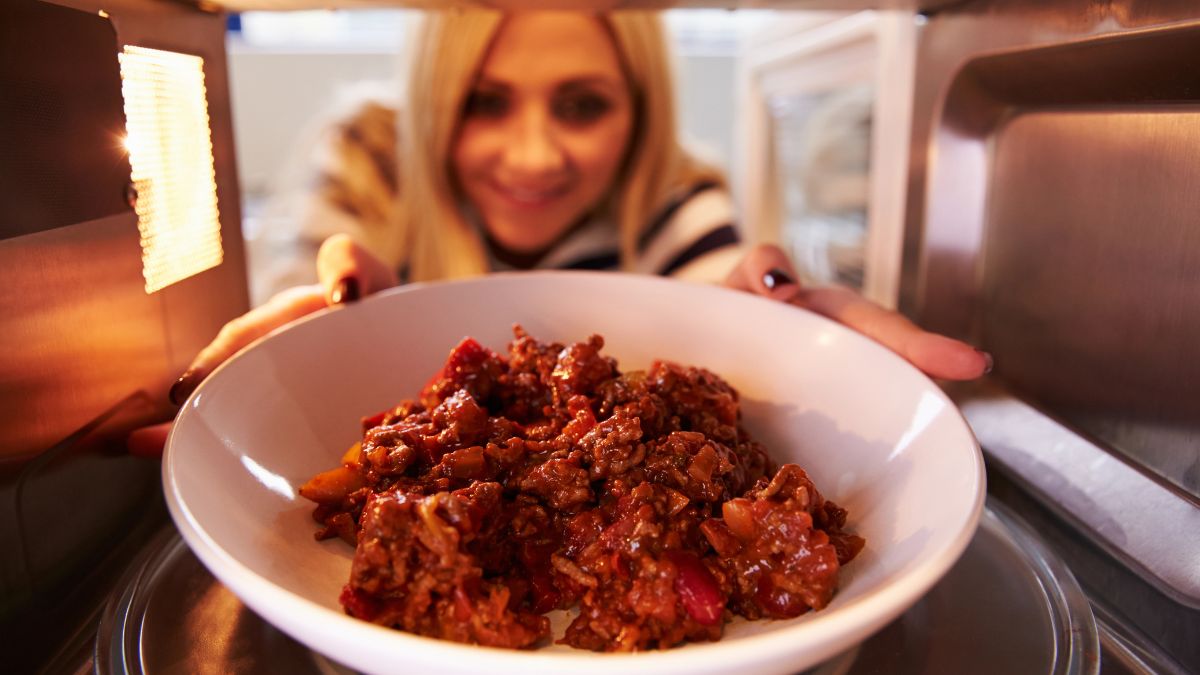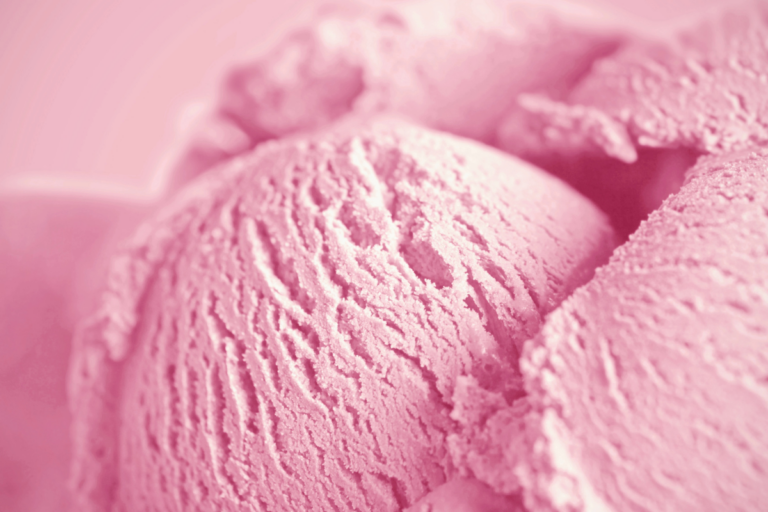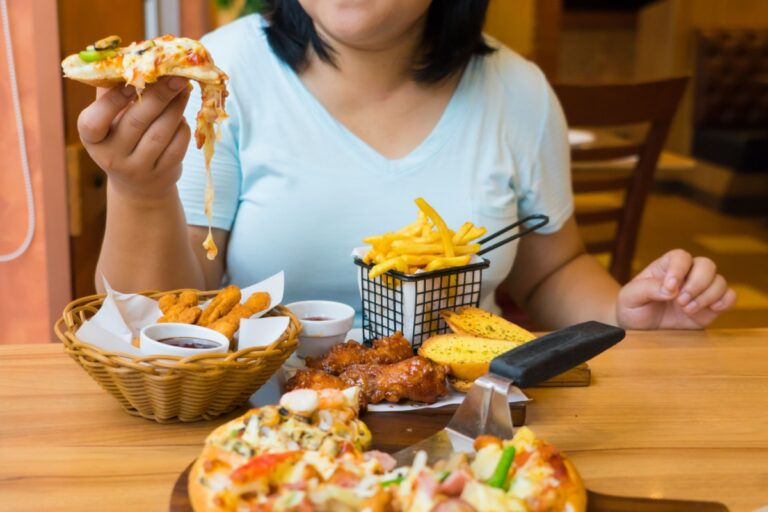15 Things You Should NEVER Put in the Microwave
Microwaves are incredibly convenient for heating food quickly, but they aren’t suitable for everything. Some items can cause serious damage to your appliance, pose fire hazards, or even release harmful chemicals when exposed to microwave radiation.
Knowing what not to put in the microwave is just as important as knowing how to use it properly. Here are 15 things you should absolutely avoid microwaving to keep your kitchen safe and your food healthy.
Metal Containers
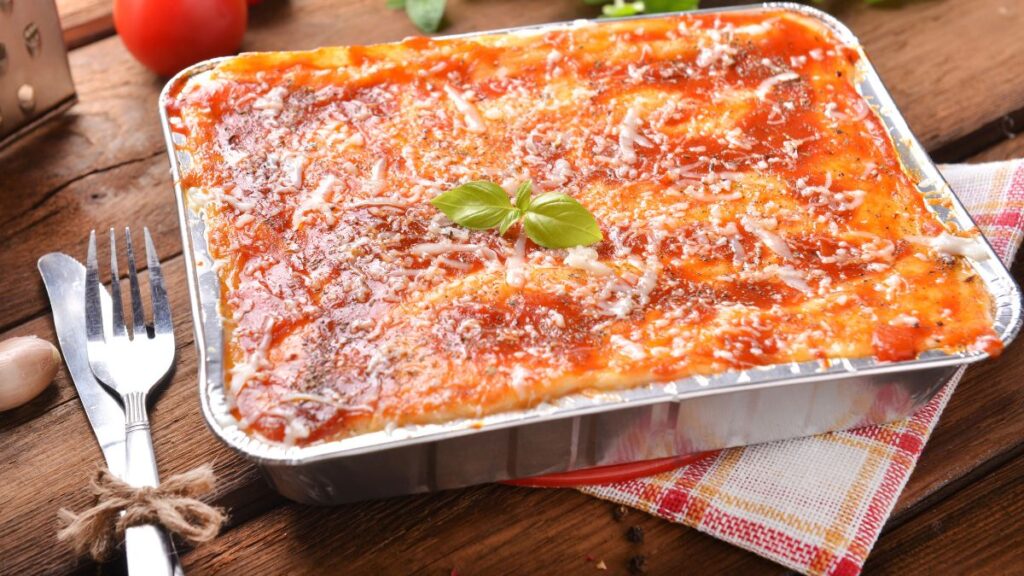
Metal containers and foil should never go in the microwave. When metal is exposed to microwave radiation, it can cause sparks, which can damage the microwave and even start a fire.
This is because microwaves cause electrons in metal to move rapidly, creating electrical currents. These currents can ignite nearby objects, leading to dangerous situations. Instead of metal, use microwave-safe glass or ceramic containers for heating food.
Aluminum Foil
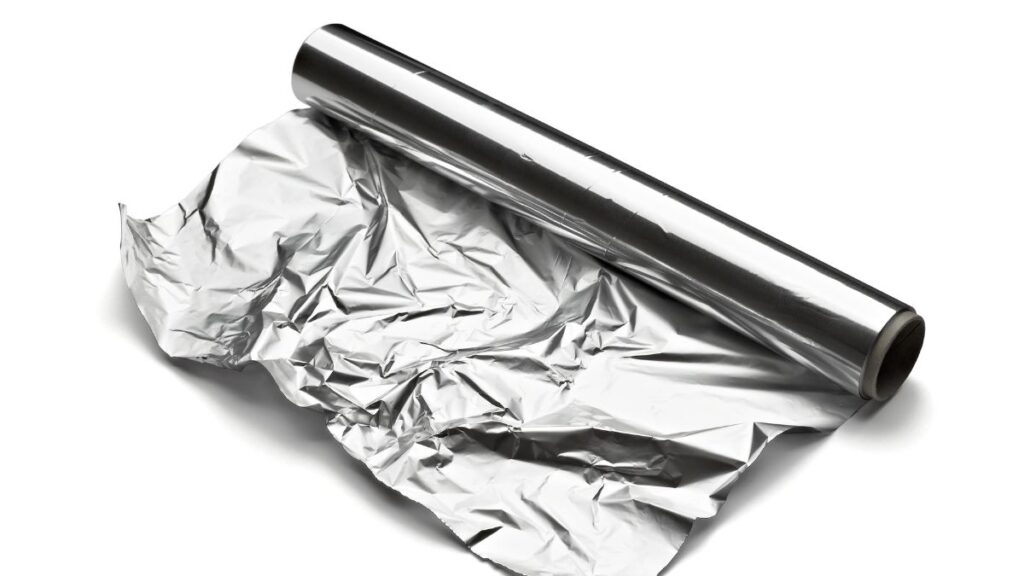
Aluminum foil poses a significant risk when used in a microwave. Just like other metals, aluminum foil can cause sparks and fires. The thinness of the foil allows it to heat up quickly, and if it crumples into sharp edges, it can become a fire hazard.
Even small pieces of foil, like the ones on takeout containers, should be removed before microwaving. Always transfer food to a microwave-safe dish before heating.
Plastic Containers Not Labeled Microwave-Safe
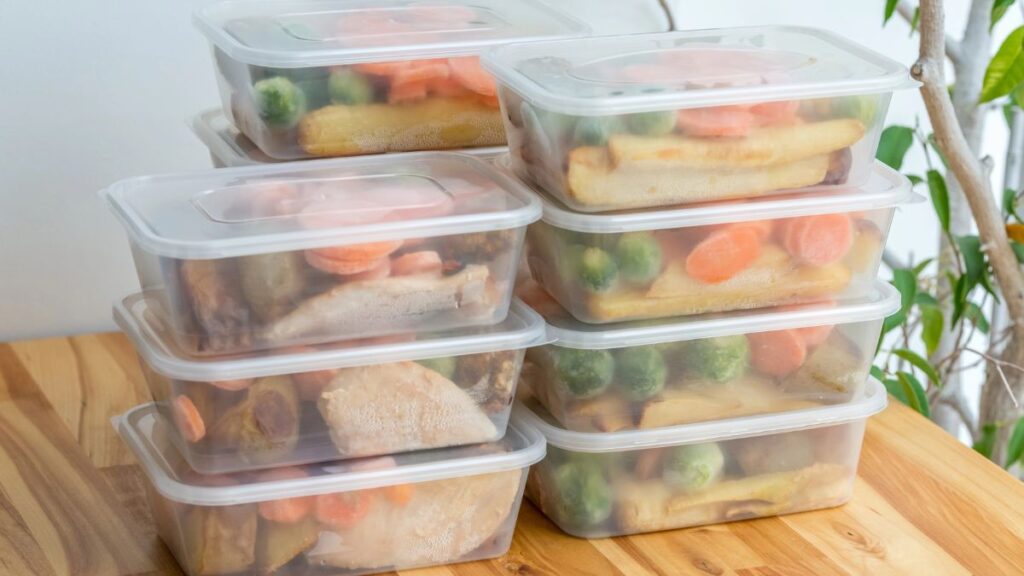
Not all plastics are created equal, especially when it comes to microwaving. Plastics that aren’t labeled as microwave-safe can melt or warp, releasing harmful chemicals like BPA into your food.
These chemicals are linked to health issues, making it essential to avoid using the wrong type of plastic. Always check the label on plastic containers before microwaving, and when in doubt, use glass or ceramic alternatives.
Styrofoam

Styrofoam, commonly used for takeout containers and cups, is another material you should never microwave. When heated, Styrofoam can melt and release toxic chemicals into your food. In some cases, it can even catch fire.
These risks make it important to transfer food from Styrofoam containers to microwave-safe dishes before reheating. This ensures your meal remains safe to eat and prevents potential hazards.
Brown Paper Bags
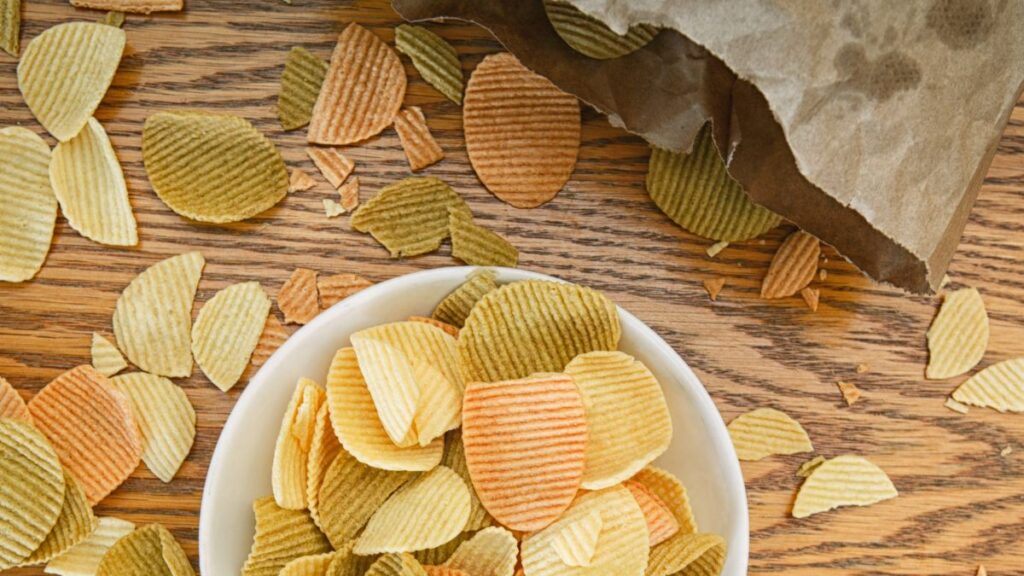
Microwaving brown paper bags might seem harmless, but it’s actually very dangerous. These bags can easily catch fire because they’re made from thin, untreated paper. The ink and glue used in these bags can release toxic fumes when heated.
Instead of using a paper bag, opt for a microwave-safe plate or container when heating food. This way, you avoid any risk of fire or chemical exposure.
Eggs in Their Shell
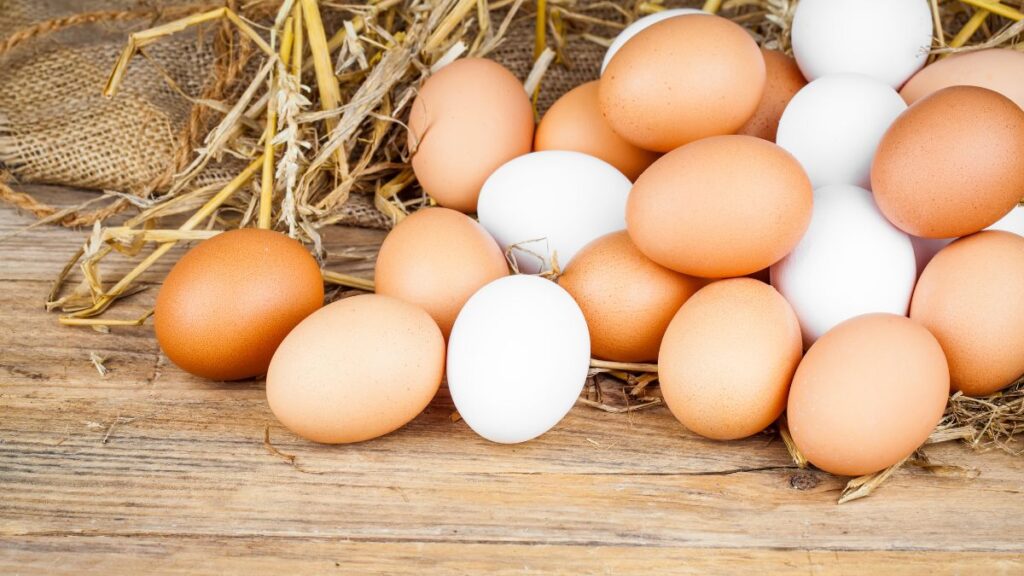
Cooking eggs in their shells in the microwave might sound like a time-saver, but it’s a recipe for disaster. The steam that builds up inside the shell has no way to escape, causing the egg to explode.
This can create a mess in your microwave and potentially cause burns when you try to clean it up. If you want to cook eggs quickly, crack them into a microwave-safe dish first and pierce the yolk to allow steam to escape.
Grapes

It might come as a surprise, but microwaving grapes is a big no-no. When microwaved, grapes can create plasma, which is a burst of ionized gas that can cause sparks and potentially start a fire.
This happens because the sugar and water in the grapes create an unusual reaction when exposed to microwave radiation. It’s best to keep grapes out of the microwave altogether to avoid any dangerous outcomes.
Hot Peppers
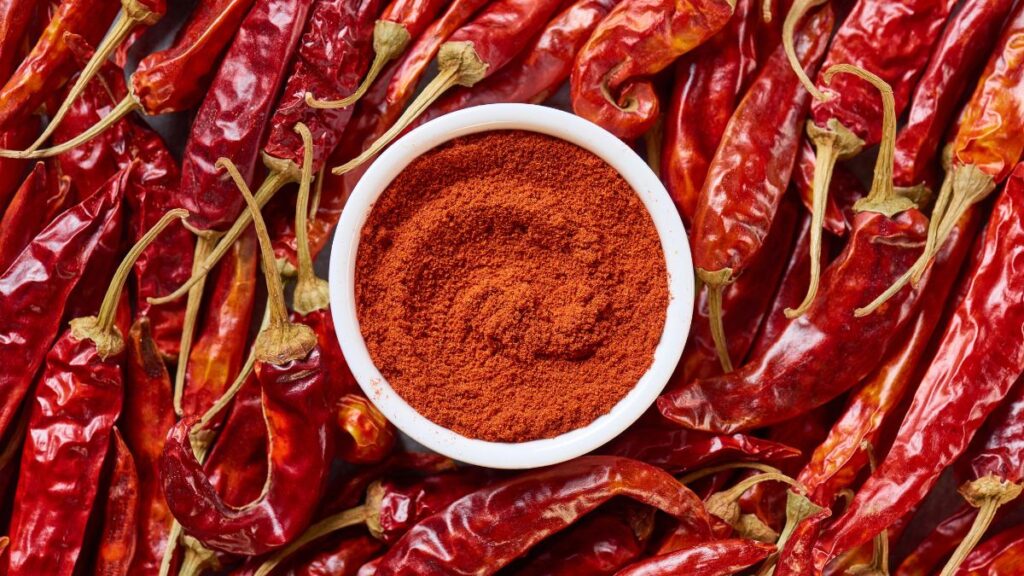
Heating hot peppers in the microwave can release volatile oils into the air, which can cause irritation to your eyes and throat. These oils become airborne when microwaved and can create a very uncomfortable experience when you open the microwave door.
The intense fumes can even linger in your kitchen, making it hard to breathe. To avoid this, heat hot peppers using a stovetop or oven instead.
Water in a Mug

Microwaving water in a mug might seem harmless, but it can actually be risky. Water can become superheated in the microwave, which means it heats above its boiling point without actually boiling.
When you move or disturb the mug, the water can erupt violently, causing burns. To safely heat water, use a kettle or watch closely and stir it before taking it out of the microwave.
Tomato Sauce or Soup Without a Cover
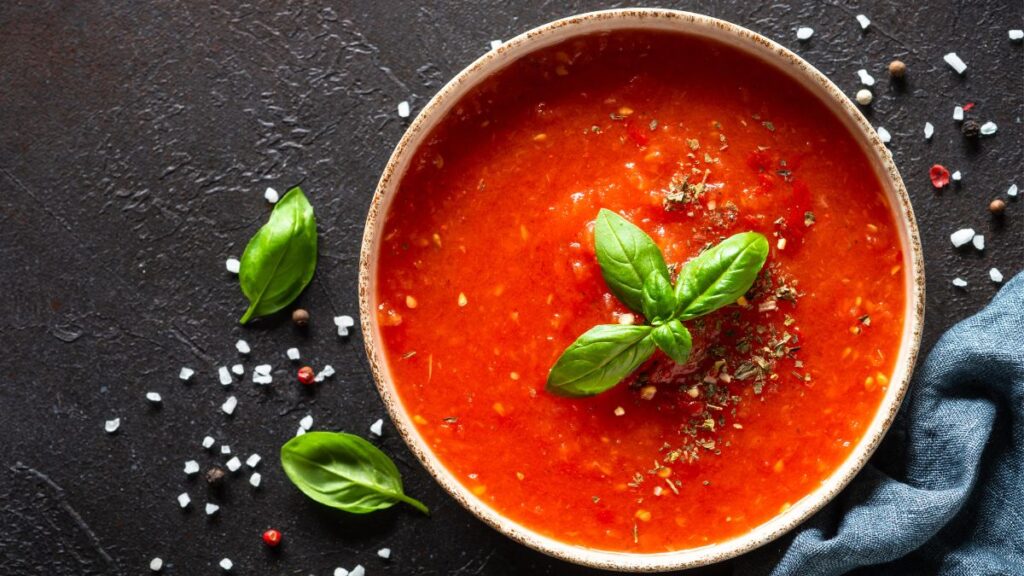
Microwaving tomato sauce or soup without covering it can lead to a big, messy splatter. The high moisture content in these foods causes them to heat unevenly, leading to bursts of steam that can splatter sauce or soup all over the microwave.
To avoid this mess, always cover your food with a microwave-safe lid or plate, leaving a small vent to allow steam to escape.
Whole Potatoes

Microwaving whole potatoes without piercing them first is another recipe for a mess. The steam inside the potato builds up during heating, and without an escape route, it can cause the potato to explode.
This not only creates a mess but can also waste your meal. Always remember to poke holes in the potato skin with a fork before microwaving to allow steam to escape safely.
Bread
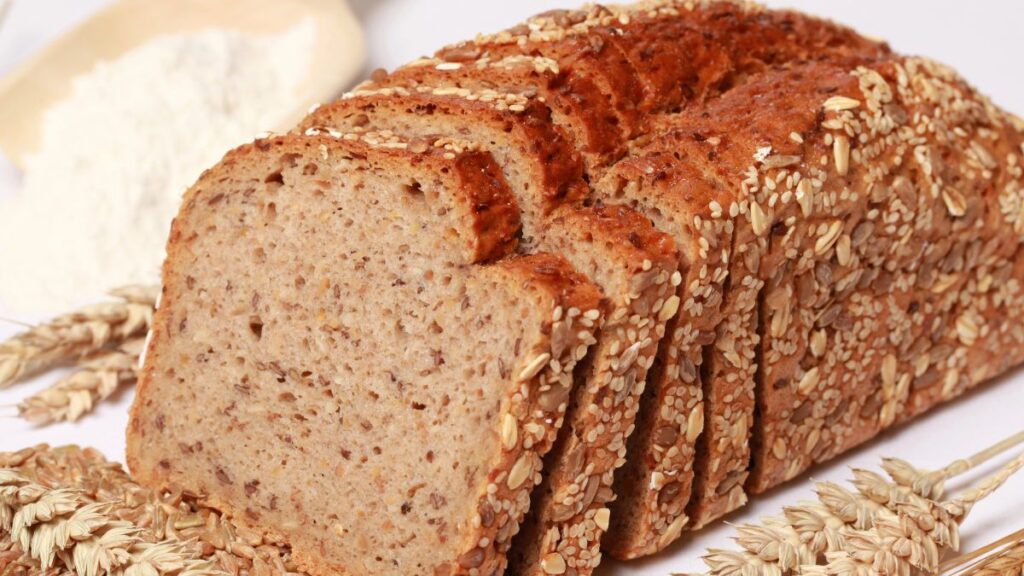
While you can technically microwave bread, it’s not a great idea if you want to enjoy it. Microwaving bread for too long can make it hard, chewy, or rubbery due to the loss of moisture.
If you need to reheat bread, it’s better to use a toaster or oven to keep it soft and delicious. If you must use the microwave, only heat the bread for a few seconds to avoid turning it into an inedible lump.
Frozen Meat
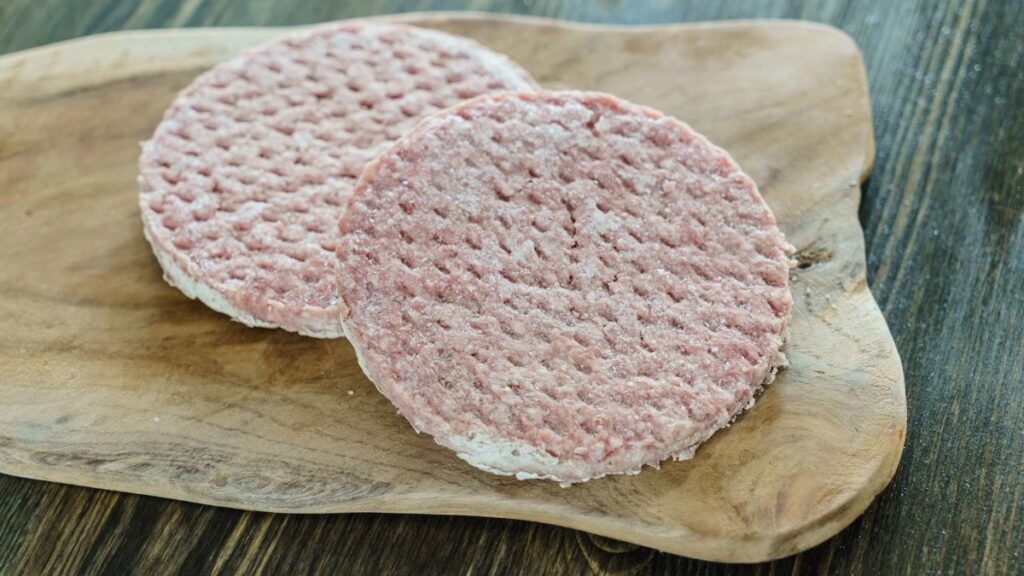
Microwaving frozen meat can lead to uneven cooking, with some parts being overcooked while others remain frozen. This is because microwaves heat food from the outside in, making it difficult to thoroughly cook frozen meat without drying it out.
Instead of microwaving, it’s best to thaw meat in the refrigerator or use the defrost setting carefully. This ensures your meat cooks evenly and remains safe to eat.
Certain Travel Mugs
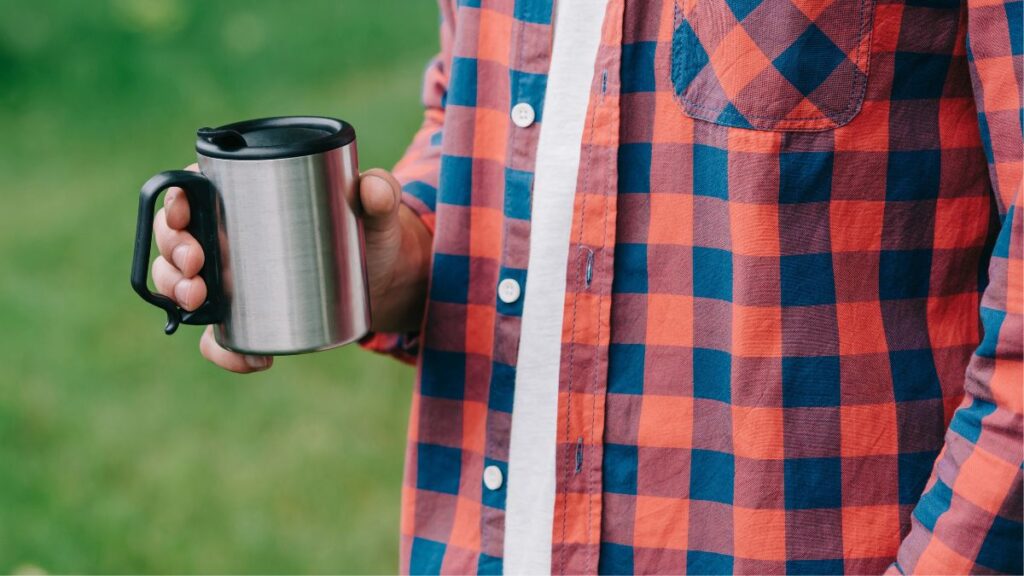
Not all travel mugs are microwave-safe, especially those made of stainless steel. Metal in the microwave can cause sparks, leading to a potential fire hazard.
Even if the mug is made of plastic, it might not be microwave-safe if it contains any metal components. Always check the label on your travel mug before microwaving it, or transfer your beverage to a microwave-safe container first.
Foam Insulation

Some insulated containers, especially those with foam insulation, should never go in the microwave. The foam can melt, warp, or release harmful chemicals when heated.
This not only ruins the container but also poses a risk to your health if the chemicals leach into your food. When in doubt, stick to microwave-safe containers and avoid microwaving anything with foam insulation.
15 Foods Only The Wealthy and Elite Can Eat Now

Culinary trends are constantly evolving, and some foods have become more than just sustenance—they’ve become status symbols reserved for the elite.
15 Foods Only The Wealthy and Elite Can Eat Now
15 Practical Ways to Save Money During Retirement

Entering retirement doesn’t have to mean giving up a comfortable lifestyle. With strategic planning and simple adjustments, it’s possible to make the most of your retirement income and enjoy a financially secure life.

